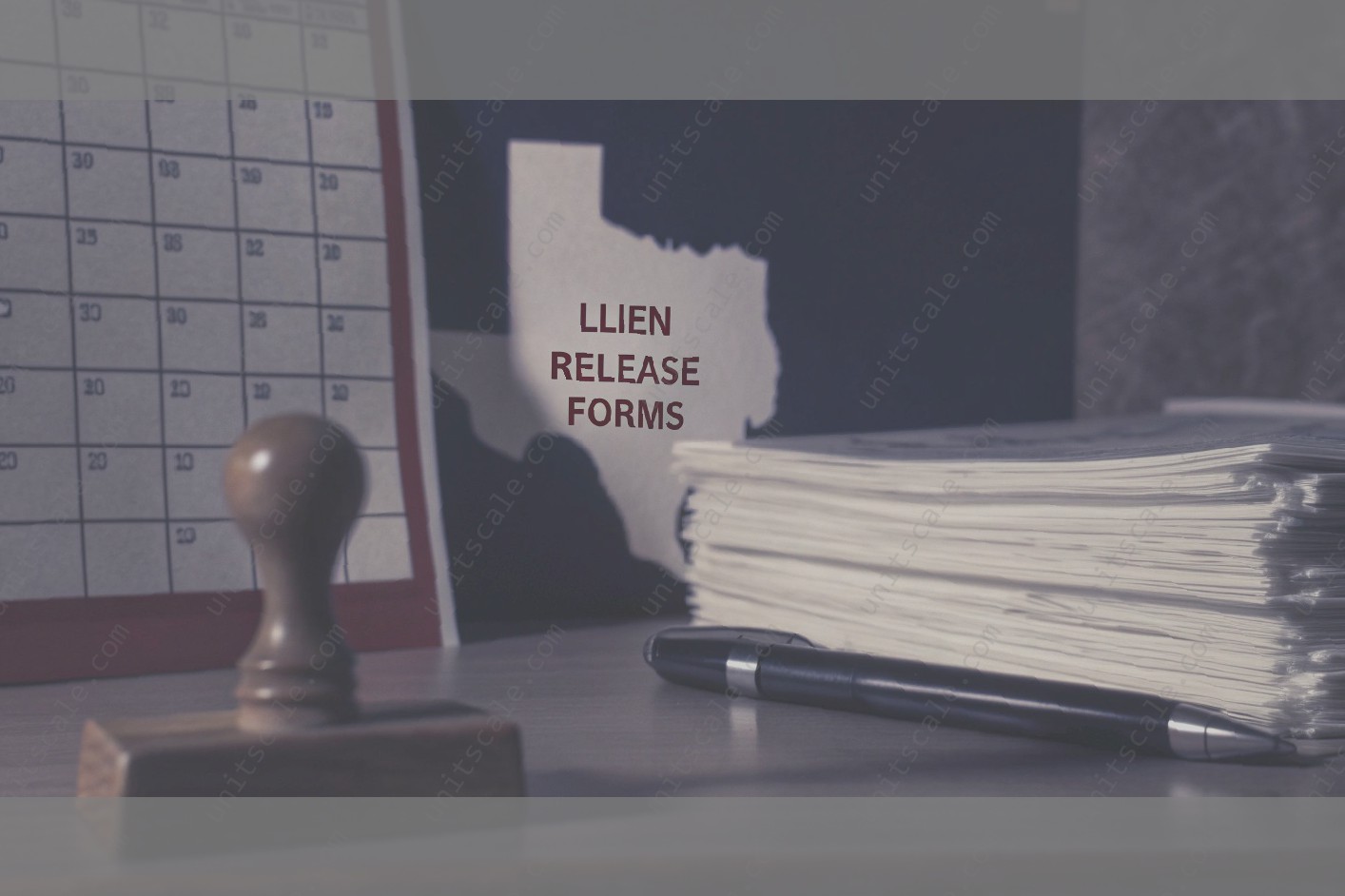Cyberstalking: What Is It in Texas?
In Texas, cyberstalking is defined as the use of computers or other electronic device to harass or stalk another. Stalking is when a stalker knowingly or intentionally engages in a course of conduct directed at another that would cause a reasonable person to fear for the person’s safety. (Tex. Penal Code section 42.072). The State of Texas places stalking into two different categories, but for the purpose of this blog, we will focus on the general Texas statute, and not on the aggravated or other subsections of Section 42.072. The 42.072. penal code was enacted into law for the purpose of preventing or stopping the ongoing harassment of an individual. It is a Class A misdemeanor if it is the first time anyone has been charged with the offense. It is then enhanced to a state jail felony if the defendant has previously been convicted of stalking and the defendant has also violated a protective order and that violation forms the basis of the offense. It is a third degree felony if the the defendant has two previous convictions for stalking and the defendant violated a protective order and that violation forms the basis of the offense.
Obviously a reasonable person’s safety includes both their physical and mental well being. The harassing or stalking behavior must be repetitive and continuous, however there is not a defined time frame which the behavior must take place in. In other words, a phone call , a text message or an email can constitute stalking if it is repeated enough over a period of time. The penal code defines harassment and states that the person with the intent to harass, annoy, alarm, abuse, torment, or embarrass another person, initiates communication or in any other manner, follows someone in the real world and/or electronically communicates with another in a harassing manner. A few examples of cyberstalking may include: e-mails, texts, phone calls and/or public social media requests that are unsolicited and where the person does not wish to be contacted. Items sent by mail or delivered in person may also qualify. The stalking behavior does not have to be directed towards someone known to the harasser. For instance if the harasser sends a spam email that is clearly a phishing scam, this may qualify as harassment regardless of whether the harasser knows spam/scam email has been attempted with the victim’s name.
The Texas Penal Code defines "Course of Conduct" in Section 42.072 as "two or more acts, including, but not limited to, acts in which the actor directly, indirectly, or through third parties, by any action, method, device, or means follows a person; or under circumstances that include contacting a person with the intent to commit an offense involving family violence, intentionally or knowingly harasses, annoying, alarms, abuses, torments, or embarrasses another.

Applicable Law and Statutes
The laws in Texas dealing with cyberstalking are contained in the Penal Code, which handles criminal activity in the state. Since cyberstalking is a form of stalking, many of the laws will be similar to those posted in the stalking section of the Penal Code. Title 1 discusses general statutes and Title 9 discusses offenses against the public. This subsection of Title 9 focuses on offenses relating to stalking and harassment.
In order for harassment to occur, there must be a comprehension of certain actions that fall under the category. These include:
— Intentionally following or shadowing another person
— Intentionally alarms another person by repeatedly calling them or sending them messages that are sexually explicit or obscene
— Repeatedly sending unwanted text messages (more than one a day)
— Sending messages to another person’s employer or employee (school, etc.) to intimidate or harass
— Posting on the internet or sending text messages instantly with the intention of causing them alarm or annoyance
If an individual does any of these things, there is a chance that they could have charges pressed against them for harassment. If convicted of harassment, an individual could be facing a Class B misdemeanor charge.
Texas Penal Code Section 42.07 details the law regarding electronic harassment. This became effective on September 1st, 1997. A person may be guilty of an offense if with intent to harass, annoy, alarm, abuse, torment, or embarrass another, sends repeated electronic communication in a manner reasonably likely to harass, annoy, alarm, abuse, torment, or embarrass another. The legislature added that cyberbullying is a general term used to describe the various actions and forms of harassment that occur when individuals use intermediary electronic contact, such as text messages, email messages, instant messages, or other digital media.
Harassment may also be found when the person uses "offensive, coarse, or insulting remarks in either a single communication or in a series of communications with respect to another person." In considering the conduct, the court must believe that a reasonable person in the same position would be alarmed and harassed.
Cyberstalking is also illegal under Texas Penal Code Section 42.07. The law strongly condemns stalking because it is a criminal offense. Since many forms of stalking now occur online, the law has added cyberstalking to the offenses covered under Title 2. In this section, it defines stalking as the following:
— Engages in a course of conduct that constitutes stalking;
— With intent to harass, annoy, alarm, abuse, torment, or embarrass another person, engages in digital, computer, video, or telephonic communication in a manner related to another person
— With intent to harm another person, engages in video voyeurism as defined in Section 21.17, exposes their genitals, engages in sexual contact, fondle another person or cause another person to contact them for the purpose of sexual arousal or gratification;
— Intents to cause, and knows or reasonably should have known that the other person will be placed in fear of receiving bodily injury via any conduct described above.
The intent is a critical part of this. For example, even if the person engaged in the behavior, it may not be classified as cyberstalking if there was no intent to harass, annoy, alarm, abuse, torment, or embarrass another person.
Harassment must be repeated for it to be considered harassment. For example, sending 50 text messages at once would be considered that harassment and stalking.
Penalties for Cyberstalking in Texas
Punishment for conviction is at the discretion of the judge or jury that hears the case and will depend on the facts and circumstances presented. For the first offense, the defendant may be given a fine of up to $500. Further offenses are considered a Class A misdemeanor, which can incur a fine of up to $4,000, and/or jail time of up to one year. If the defendant has previously been convicted of cyberstalking or aggravated stalking, these actions amount to a third-degree felony, carrying a possible two to ten year prison sentence, and a fine of up to $10,000.
There are other potential penalties or consequences for those convicted of cyberstalking. As with any crime, it is important to consider the fault classification and the level of culpability for the offense. One who knowingly gathers or distributes unlawful information to another while recklessly disregarding the possibility, or the only possibility, of that information to be utilized in furtherance of a criminal act is guilty of a Class A misdemeanor. Reckless conduct, intentionally having sought the unlawful information, is a Class B misdemeanor, and a negligent actor, having acted in a manner considered an extreme deviation of the standard of care of a person with average judgment, is a Class C misdemeanor.
How to Seek Support if You Are the Victim of Cyberstalking
If you become a victim of cyberstalking, it is crucial to take preventive measures to protect yourself and your family:
Report the crime to the authorities. Cyberstalking is a crime in Texas that police officers take seriously. File a police report with your local authorities as soon as possible.
Never agree to meet the perpetrator in person. Even if the perpetrator claims to know something damaging about you, complying with their demands only gives them greater power over you.
Collect and preserve all evidence. You must collect and preserve evidence of your stalker’s harassment. You can:
Call us to talk more about how to gather the evidence you need.
Secure an experienced Texas cyberstalking attorney. Your lawyer can help you file for a protective order. Like many other states , Texas has laws that can protect victims of online harassment with a temporary restraining order or a permanent protective order. An attorney can help you apply for a protective order, which will require your stalker to cease harassing you. If he or she refuses, the stalker can face criminal penalties and jail time. Additionally, you may be able to keep your stalker away from your home, workplace, school, or any other location you desire. A skilled attorney will be able to help you choose the right course of action.
Keep yourself safe. Whether your stalker has been arrested or not, consider taking other protective measures for you and your family. Contact your bank and local credit bureau to ensure your accounts are not being used without your permission. Monitor your family’s credit and bank accounts. Change your phone number. Consider relocating to a safer location.
How to Avoid Cyberstalking
Your first line of defense in preventing online stalkers is to practice cyber safety while using the internet for social networks or other smart phone applications. Once a cyberstalker identifies you, they have access to your information online. If you can make it more difficult for them to locate you on the web, you can reduce the likelihood of being a targeted victim. To protect yourself, consider the following:
Another way to protect yourself from online stalkers is to monitor your information actively. There are several search engines that scan many publicly available sites for specific individuals and alert you when they are mentioned. Vigilance is also key to protecting your online identity. Search for your name online periodically to see what information is out there. When you identify anything that is outdated or incorrect, try to have it removed as quickly as possible.
Be cautious in the way you use social networks. Increase your security and privacy settings so that only the people you have allowed to view your information can do so. Avoid giving away personal information in public posts. Finally, if you feel that you are being stalked online, take action. You can block stalker accounts in your search settings, report them to a local law enforcement agency, or even hire an experienced cyberstalking attorney to help put an end to your harassment.
Case Studies of Cyberstalking in Texas
Over the past few years, increased awareness around cyberstalking in Texas led to notable legal cases that serves as a reminder of the importance of knowing the law. Elementary school teachers and professors were recently arrested in Texas on charges of cyberstalking students. In both cases, the male school employees, 39-year old Marco Mendez and 49-year old Frank Winston, were accused of harassing, stalking, and threatening their victims with repeated text messages and offensive Facebook comments. This is a flagrant example of exploitation of power where school employees intimidate their prey.
In other recent Texas cyberstalking legal cases, Life Coach Whitney Tillerson Roberts was accused of sending harassing, disparaging emails and text along with posting inappropriate comments and information in Facebook groups related to an ex-business associate’s spouse. Her husband was allegedly sexually involved with several people and had a criminal history while he was with M. Audrey Stewart. The ex-business associate stated that she wanted Roberts to stop her behavior but did not contact police due to fear.
In another case , a Georgia man who issued threats to a Texas woman online was also charged with aggravated assault in 2013. The North Augusta man and his father posted a social media layaway plan to collectors who threatened them for their unpaid bills. The man published pictures of girls and women along with their personal information and home addresses online. His victims received sexually explicit messages and the man was charged with aggravated assault against a family member in Georgia. The victims claimed that they suffer from some mental disorders due to the incident.
In another case, it was reported that a former San Antonio firefighter was arrested and jailed on cyberstalking charges in December 2013 after prosecutors accused him of posting a 26-minute video on YouTube along with the woman’s full name, email address, and phone numbers. The woman was repeatedly mentioned in the video along with links to her Facebook and Twitter page. She filed a lawsuit which resulted in the arrest of the man. The woman stated that she had to hire an attorney to remove the video and that the ordeal resulted in her changing her phone number and email.


